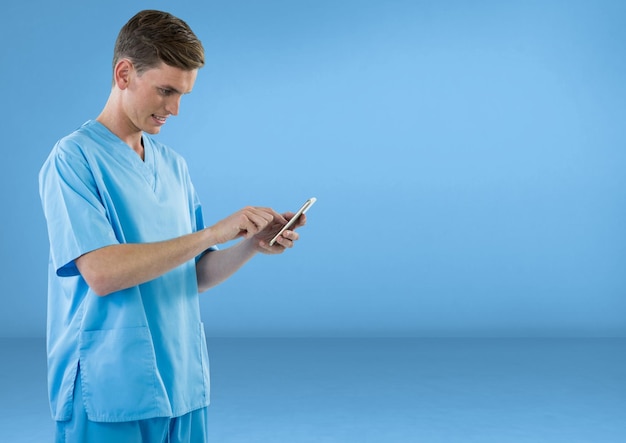Why Animation Can Help with Health Education
Educating the masses about healthcare and health conditions is an important part of discussing how we can achieve healthier communities. To meet this goal, healthcare professionals should share information about changes, procedures, and advancements in healthcare that are helping ensure better outcomes.
The only problem is that this information is oftentimes so dense that it is difficult for those without medical knowledge to understand it. This means there has to be an effective way to convey information in an engaging way that can be easily understood.
Animation can be an invaluable tool to this end, and we are going to look at why it can help healthcare professionals with their health education endeavors.
»Animation Makes Communicating with Patients Effective and Effortless

A study done by the Kaiser Family Foundation in 2014 found that about 40% of all patients do not understand complex healthcare topics. These can range from health insurance and billing to different healthcare procedures and concepts.
Healthcare professionals often have a difficult time discussing complex topics with people who do not have a medical background. When patients do not understand procedures, treatment options, and care, their outcomes tend to suffer.
Animation cannot replace interactions between patients and healthcare professionals, but it can help make this information digestible. In this way, it can save both time and lives down the road. Having animated videos can provide resources that patients can refer to.
With this understanding, there are lots of opportunities for animators to help hospitals and other facilities by demonstrating the progression of certain conditions, explaining how certain medications work and showing how various medical devices work.
An animator would need a powerful desktop computer for animation, animation experience, and knowledge of the information they will be animating.
»It Can Help with Educating Healthcare Professionals

Healthcare education does not only apply to patients as it also applies to educating healthcare professionals. 2D and 3D animations can be used to teach a broad range of subjects. It can be incredibly useful in educating students about topics and concepts that cannot be taught another way.
Drug mechanisms of action are one such topic where it can be difficult to put into words what happens to a drug at a molecular level, especially as it interacts with the body.
These animations can also be used to help introduce new concepts and procedures to healthcare professionals so they can treat their patients better.
»Marketing

Every year healthcare companies release new drugs, devices, and products. Because of the nature of the healthcare industry, it can be challenging to market these products. This challenge arises because these companies have to discuss dense information with healthcare professionals while ensuring they remain attentive.
Traditional marketing options like pamphlets can come off as dry, but animations are the complete opposite. If they are done well, they can hold people’s attention to ensure effective marketing. They can also be brief and succinct, which will be appreciated by busy healthcare professionals.
While animated videos can be very effective, it is important that careful consideration is taken to ensure a balance between being informative and engaging. An animation professional can help you achieve this balance.
Read Also:
- Tips For Working In Healthcare
- Factors That Make a Good Health Business
- Dry Eye Mask: A Quick Guide To Dry Eye Therapy
- How does video conferencing benefit the healthcare industry?



